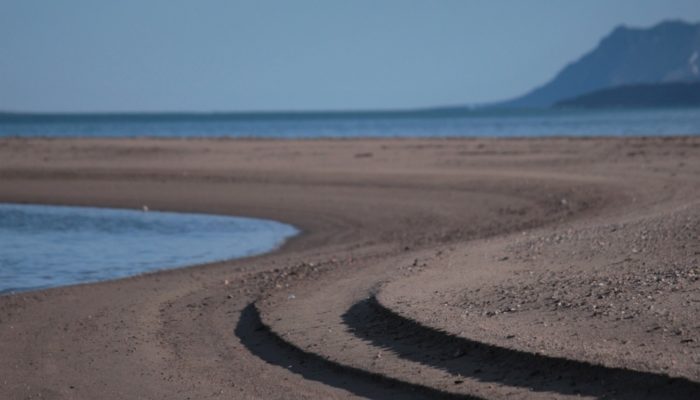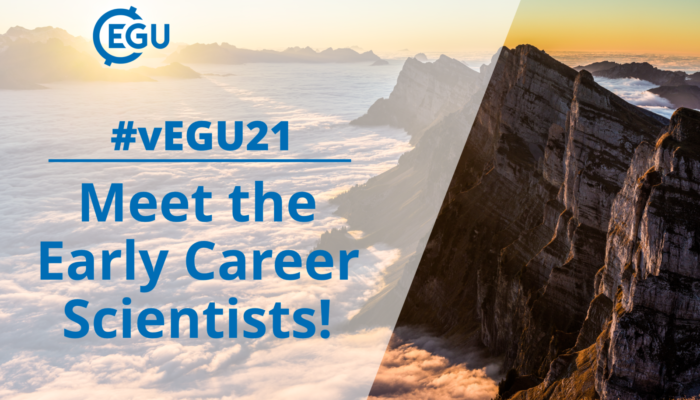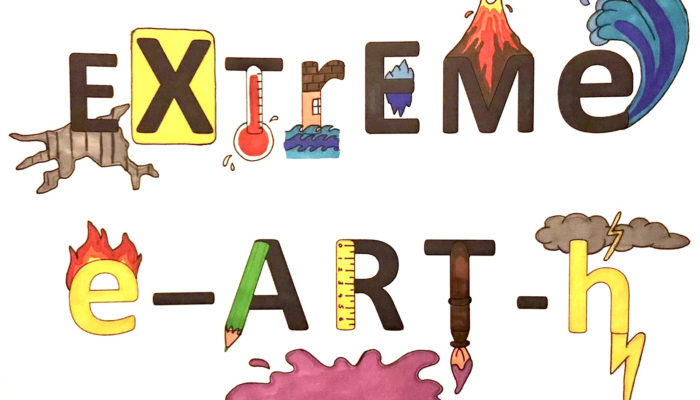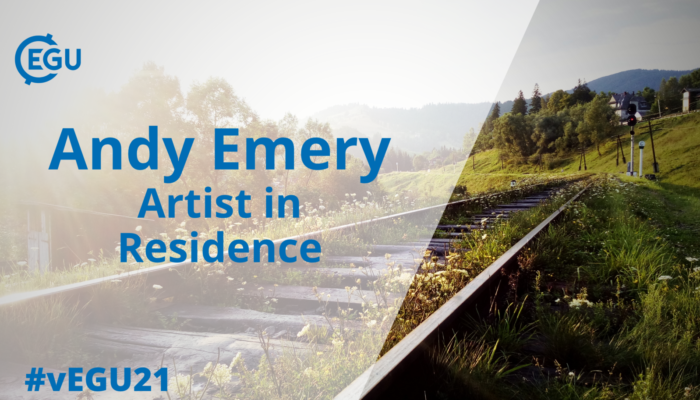Each year, at the end of the General Assembly, EGU’s volunteers who have come to the end of their terms go through the handover. This year in our Early Career Scientist (ECS) Division Representatives teams, we have nine new members (or members in a new role) joining us to start their terms volunteering to help co-ordinate their Division activities and represent the diverse Early Career resea ...[Read More]
#vEGU21: #EGUartKIDS Hall of Fame – Extreme e-ART-h!
The EGU Kids Art activity normally happens in person in the creche at the conference centre during the General Assembly, but first last year and now this year we have had to move all our activities online instead. Working together – two of our Division Early Career Scientist teams, one from Natural Hazards and one from Cryospheric Sciences came up with this year’s theme ‘Extreme ...[Read More]
Imaggeo On Monday: Tides at Young Sound

The work of the autumn tides at Young Sound, Northeast Greenland, created a fine sand artwork just before the freezing in of the fjord with the approaching winter. Due to the changing sediment of the nearby Zackenberg river, the local coastal erosion is an object of great recent investigations. Description by Maria Scheel, after the description on imaggeo.egu.eu. Imaggeo is the EGU’s ...[Read More]
Artist in Residence – Plastic problems, hurdles, and nurdles
Microplastics are a big topic these days, so I take a look at some vital research… Plastic problems, hurdles, and nurdles A happy, healthy body has veins and arteries free from clogs and constrictions caused by build-up of lipid junk. This includes our external, shared body, a body on which we all rely, the landscape we live in. The veins and arteries of our landscape are rivers, clogged wit ...[Read More]



